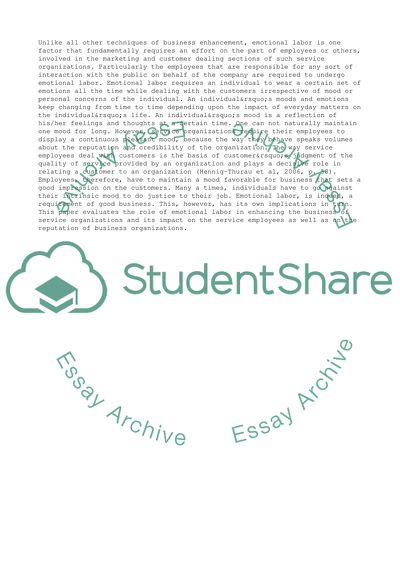Cite this document
(Is Emotional Labor Beneficial for Both Service Organisations and Research Paper, n.d.)
Is Emotional Labor Beneficial for Both Service Organisations and Research Paper. Retrieved from https://studentshare.org/management/1746235-is-emotional-labour-beneficial-for-both-service-organisations-and-service-employees
Is Emotional Labor Beneficial for Both Service Organisations and Research Paper. Retrieved from https://studentshare.org/management/1746235-is-emotional-labour-beneficial-for-both-service-organisations-and-service-employees
(Is Emotional Labor Beneficial for Both Service Organisations and Research Paper)
Is Emotional Labor Beneficial for Both Service Organisations and Research Paper. https://studentshare.org/management/1746235-is-emotional-labour-beneficial-for-both-service-organisations-and-service-employees.
Is Emotional Labor Beneficial for Both Service Organisations and Research Paper. https://studentshare.org/management/1746235-is-emotional-labour-beneficial-for-both-service-organisations-and-service-employees.
“Is Emotional Labor Beneficial for Both Service Organisations and Research Paper”, n.d. https://studentshare.org/management/1746235-is-emotional-labour-beneficial-for-both-service-organisations-and-service-employees.


